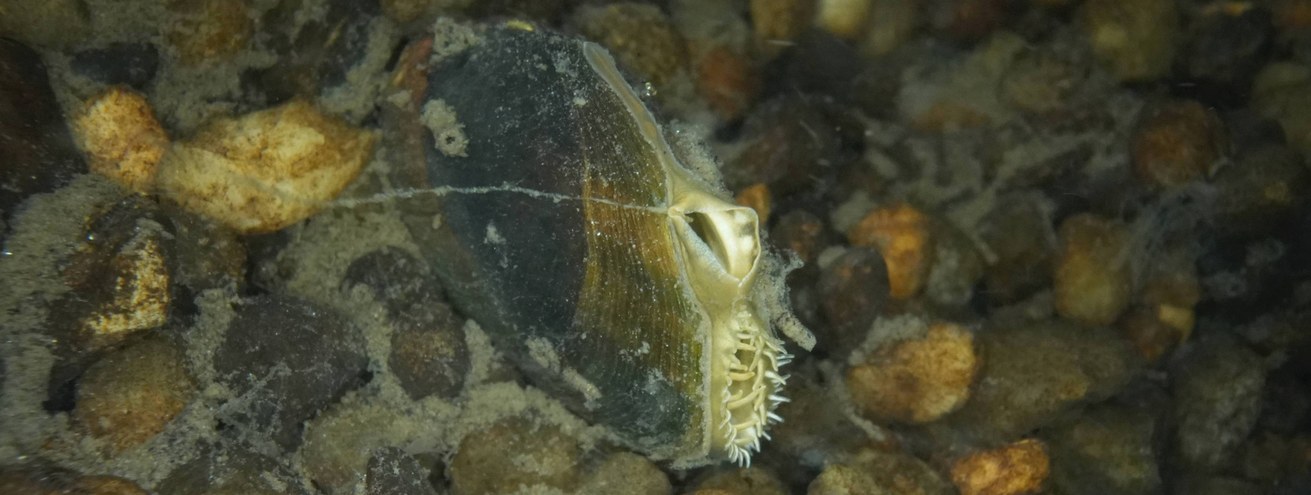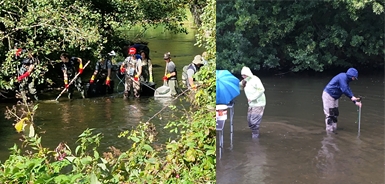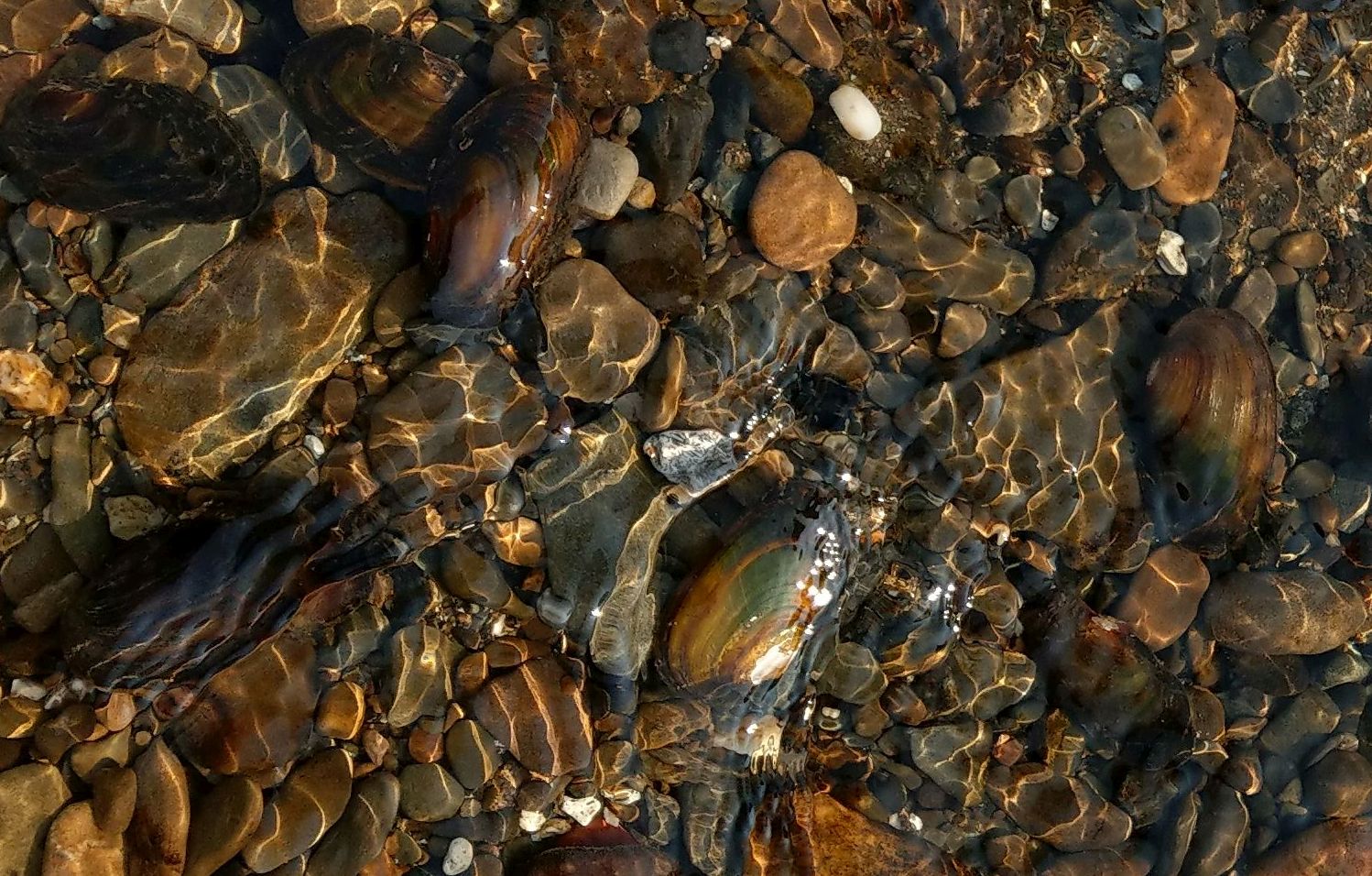Visit profile

Conservation and cultivation of thick-shelled river mussels in Rhineland-Palatinate
Freshwater mussels are among the most endangered species in the world. In particular, populations of the thick-shelled river mussel (Unio crassus), which was originally widespread in Europe, have now declined so drastically that the species is listed as endangered on the IUCN Red List. In some European countries, including Germany, the species is considered critically endangered and in Rhineland-Palatinate the thick-shelled river mussel is categorised as critically endangered. Like some other freshwater mussels of the genus Unio, the river mussel is therefore strictly protected (Federal Nature Conservation Act, Habitats Directive, Red List).
However, healthy mussel populations in rivers provide important ecosystem services, for example by filtering large quantities of particulate material from the water and loosening the water sediments, and are therefore extremely important for the protection of aquatic biodiversity. It is therefore a long-term goal to re-establish self-sustaining thick-shelled river mussel populations in suitable water bodies in Rhineland-Palatinate. In order to achieve this ambitious goal, it is essential to monitor the populations of river mussels and their host fish and, in particular, to understand the habitat requirements of the species.


Until now, the habitat requirements of thick-shelled river mussels have mostly been derived from the related freshwater pearl mussel (Margaritifera margaritifera), but initial studies on the requirements of thick-shelled river mussels indicate that the requirements of the two species are not congruent. It is therefore not expedient to derive the requirements of thick-shelled river mussels from those of freshwater pearl mussels and there is an urgent need for further research. In order to improve our knowledge of the habitat requirements of river mussels, this project is therefore investigating which factors have a decisive influence on the population densities and population structure of thick-shelled river mussel populations. Due to the duration of the project, the population and habitat development of individual thick-shelled river mussel populations will not be analysed here, but rather the population situation and habitat characteristics in different watercourses or sections of watercourses will be recorded by means of appropriate monitoring and compared with each other.
Based on current knowledge, it can also be assumed that long-term supplementary breeding of thick-shelled river mussels and their reintroduction is necessary for the sustainable promotion of existing residual populations, such as those that exist in the Nister. This project will therefore establish a conservation breeding programme at the Nister based on current scientific knowledge. In order to further optimise conservation breeding on a scientific basis, studies on the requirements of juvenile thick-shelled river mussels in terms of sediment quality and food will be carried out in conservation breeding and in supplementary experiments. In addition, the potential of various river stretches for the reintroduction of thick-shelled river mussels is being analysed.

Cooperation partner






